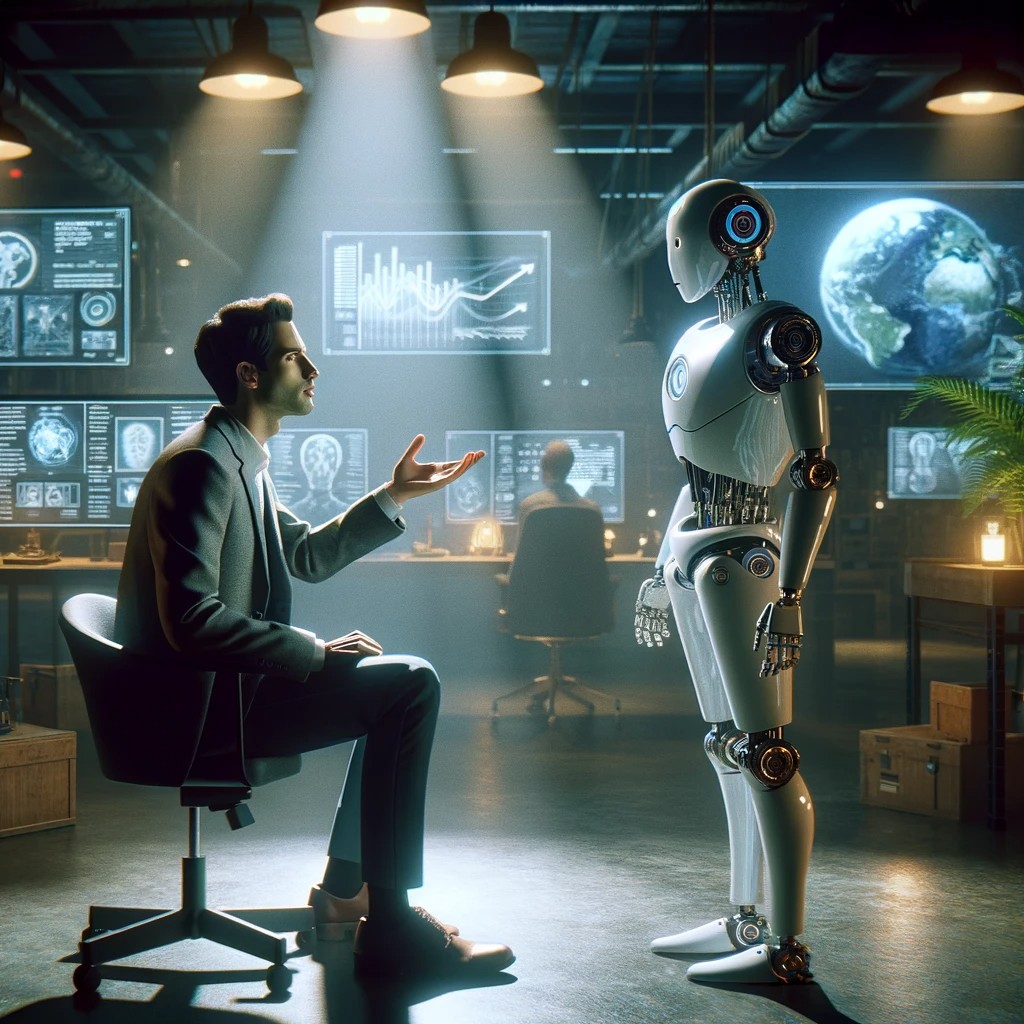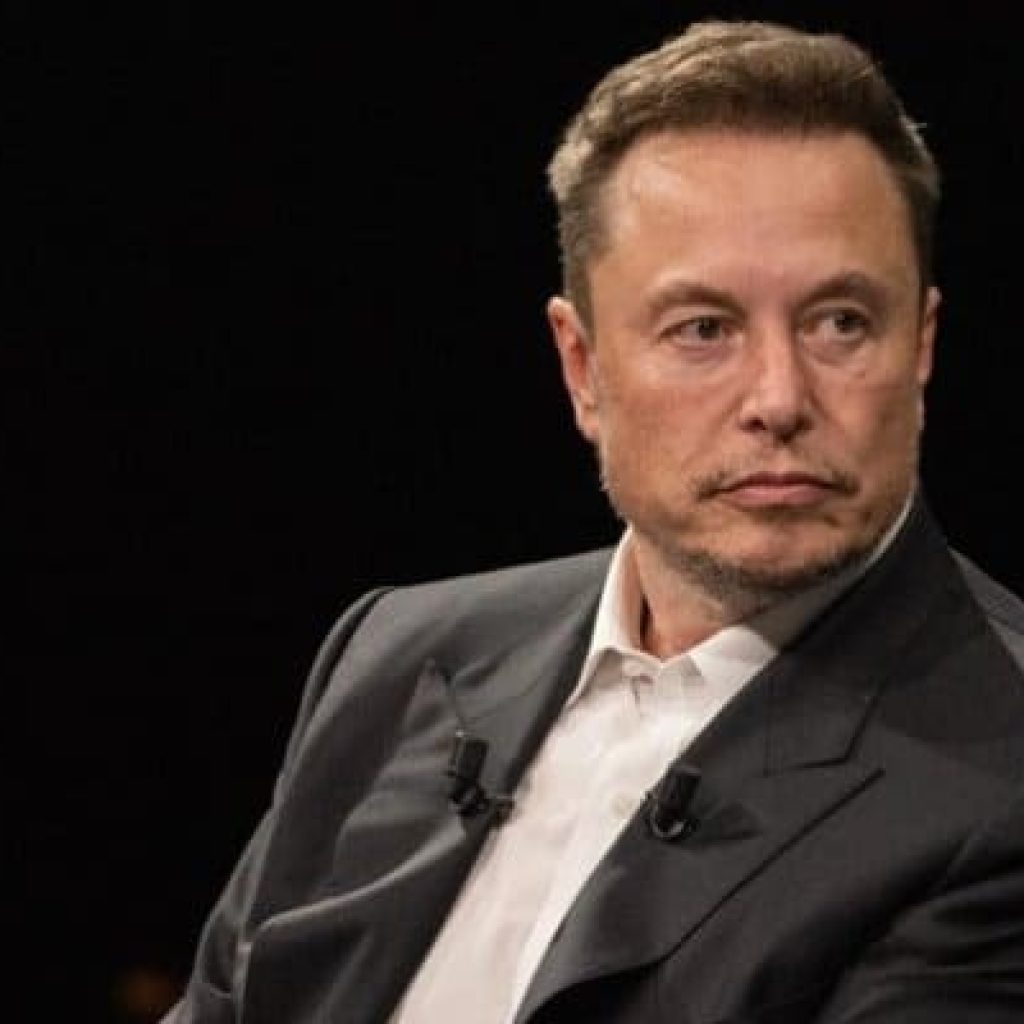In a world grappling with climate change, the prospect of AI taking over human jobs is being viewed through a new lens—one that considers the environmental impact. As the climate crisis intensifies, researchers are exploring whether, in the face of AI’s carbon challenges, replacing human workers with AI might offer a low-carbon solution. The intriguing question arises: Should we let AI take our jobs if it generates less carbon? Some argue that AI can bring surprising efficiencies, emitting thousands of times less carbon in certain tasks, while others emphasize the staggering carbon footprint of AI and the need to focus on human potential instead.
AI’s low-carbon efficiency
AI Can Bring Surprising Efficiencies – In a groundbreaking study from the University of California Irvine, researchers compared the carbon emissions of human writers and artists with those of the latest generative AI systems. The results revealed a significant environmental advantage for AI, emitting approximately 2900 times less carbon dioxide than a US artist and 370 times less than an artist based in India. Similar efficiency gains were observed in writing tasks, where a US author’s climate impact was over one thousand times that of an AI system like ChatGPT.
Human apex and AI’s pivotal contribution – The environmental benefits of AI extend beyond creative tasks. Companies like AMP Robotics have deployed AI-guided robots in recycling facilities, collecting materials up to twice as fast as humans and avoiding millions of metric tons of greenhouse gas emissions. Studies from China also highlight the negative carbon intensity effect of AI on labor-intensive industries, suggesting that robots might perform tasks faster and with fewer emissions.
Peak humanity and the role of AI – With developed countries already experiencing a population peak, and the rest of the world catching up, AI is seen as a potential solution to maintain our quality of life while reducing emissions. The aging population in the West and the impending demographic shifts globally could make AI workers essential for achieving both environmental and societal goals.
AI’s carbon challenges
AI beyond the gadget perception – While AI shows promise in reducing emissions, it comes with its own set of challenges. Unlike AI systems, humans cannot be turned off when not working. The overall climate impact of AI replacements depends on the lifestyle choices of laid-off workers. Although there are carbon savings from reduced commuting, the net environmental impact remains uncertain.
Unraveling AI’s carbon footprint – Despite its efficiency in certain tasks, AI’s carbon footprint is a growing concern. The energy consumption for training large language models is enormous, equivalent to powering a US home for decades. The increasing computing power requirements pose a challenge, and the water and energy consumption of AI systems raise questions about their overall sustainability.
Evaluating the need for additional intelligence – Critics argue that with nearly 8 billion intelligent humans, the planet has sufficient processing power. They question the pursuit of technological dreams and suggest redirecting efforts toward boosting prosperity and helping individuals reach their full potential.
Emerging trends worthy of attention
Mind-inspired tech – A potential solution to AI’s carbon footprint lies in the development of neuromorphic processors inspired by the human brain’s structure. These chips promise to be more energy-efficient, offering a path to reduce AI’s environmental impact significantly.
Universal Basic Income (UBI) – Some tech visionaries, including OpenAI founder Sam Altman, advocate for UBI as a necessity in the age of AI. Pilot studies are already underway to explore the feasibility of providing free cash payouts to ensure social equity in a world where automation takes center stage.
AI’s role in carbon reduction – AI’s potential extends beyond job displacement, with initiatives like the AI for Climate initiative aiming to harness its power for environmental benefits. From reducing contrails in aviation to balancing electrical grids and promoting sustainable diets, AI holds promise for addressing climate challenges.
As the debate on AI taking over jobs to reduce carbon emissions gains momentum, the key question remains unanswered: Should we let AI take our jobs if it generates less carbon? The dichotomy between AI’s efficiency and its environmental challenges leaves us at a crossroads. As technology continues to evolve, finding a balance that preserves jobs, supports societal needs, and addresses the urgent climate crisis becomes imperative. Can AI be the transformative force we need, or does it risk exacerbating the very challenges it seeks to solve? The future lies in navigating this delicate equilibrium.





